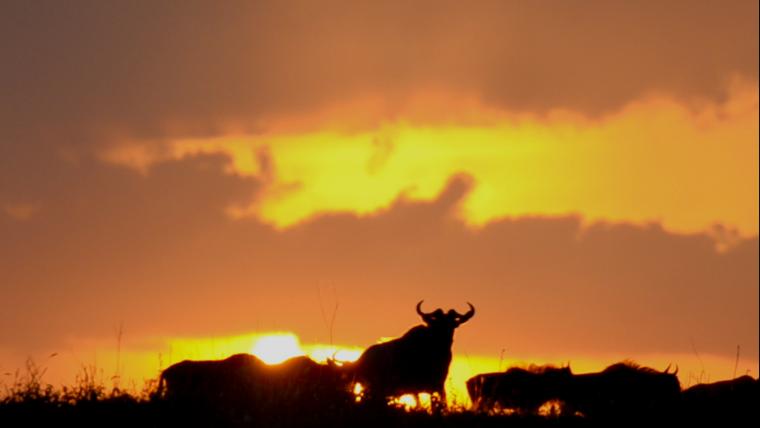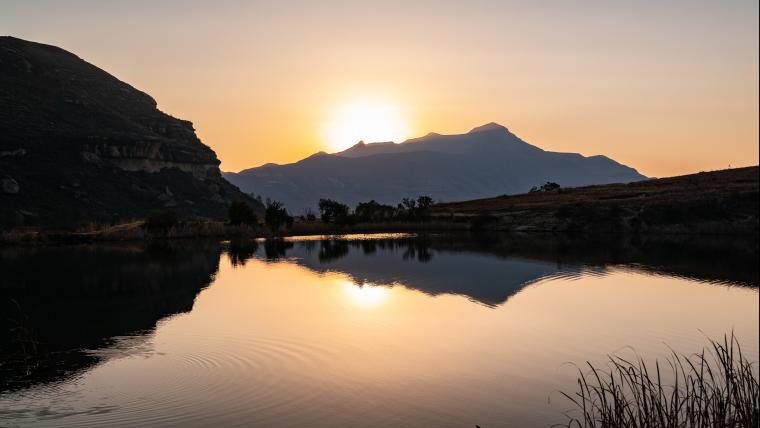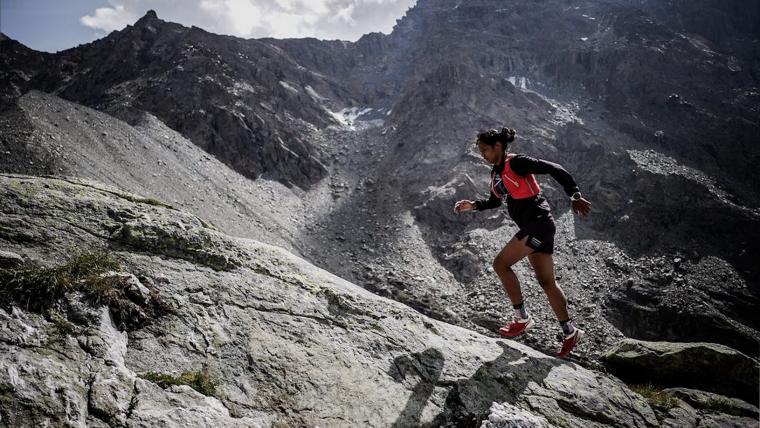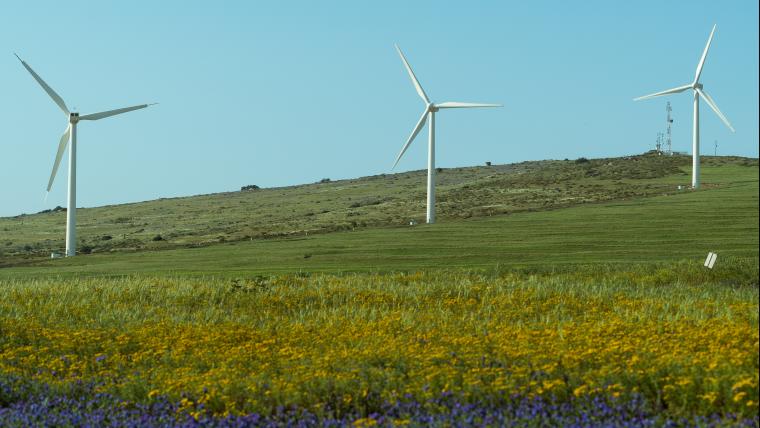
Defending the greatest migration on earth
The wildebeest linger at the edge of the Mara River. Ravenous crocodiles and fierce hippos wait, ready to attack. Carcasses wash up against the banks, vultures picking at the remaining flesh. But the wildebeest are compelled to cross. It’s one of the most challenging moments in the endless pursuit of food and water. With their young calves in tow, more than a million of these animals must make the journey. They take their leap of faith, first in trickles, then as a raging mass. The Great Migration is the world’s largest land animal trek, occurring annually between Tanzania and Kenya. And it’s being disrupted.
The quality of the Mara River is declining. Its source, the Mau Forest in Kenya’s Rift Valley, is the largest indigenous montane area in East Africa. But due to increasing human encroachment, more than 25 percent of the woodland has been destroyed. This affects the water that animals depend on during the migration, and the rise of the developments obstructs their path. Throughout the year, wildebeest move through the Serengeti National Park to the Maasai Mara National Reserve and back. Following them are zebra and gazelle. The animals that get eaten provide sustenance for predators, which range from lions and cheetahs to vultures. This symbiosis has existed for centuries, making the region home to one of the oldest ecosystems on earth. Any limitations on one part can influence the entire chain.
In order to protect the sanctity of these plains, UNESCO has listed the Serengeti as a World Heritage Site. To Maasai people, the name translates to “the place where the land runs on forever”. But wildebeest have no word for their home, and no means to take care of it either. Their only duty is to follow the course of nature. While both humans and animals are in pursuit of greener pastures, our respect for migration routes is vital to a prosperous world. If the Great Migration exemplifies one lesson, it’s that we can and must coexist.






























Please sign in to leave a comment